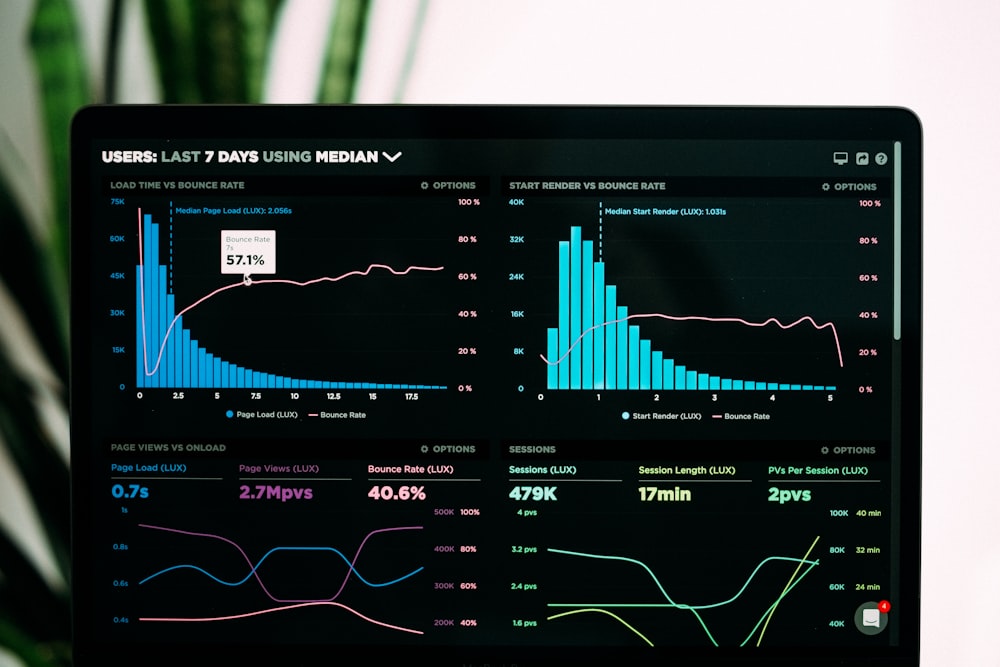Recent analysis indicates that Cardano (ADA) may see a significant price decline of up to 25% in the coming month, primarily influenced by multiple factors relating to developer engagement and market conditions. Currently trading at $0.65, a level not seen since April 2022, ADA has struggled to surpass a critical resistance point, making it vulnerable to further losses.
One of the most pressing concerns is the decline in developer activity on the Cardano blockchain. Data from Santiment reveals that GitHub commits have decreased from a peak of 92 in January to a mere 48. This drop signals a concerning stagnation within the ecosystem, as fewer developers often suggest reduced innovation and project vitality. Throughout 2023, the total value locked in Cardano has remained below $500 million, while competitor networks have gained traction with over $1 billion in assets.
Another factor contributing to Cardano's bleak outlook is the negative funding rate observed in the futures market since early May. This situation indicates that more investors are short-selling ADA, as the perpetual contract prices have fallen below the spot prices. Such market dynamics tend to place downward pressure on the asset's price.
Furthermore, the state of stablecoins on the network is decreasing. Cardano's stablecoin market cap recently shrank from $31.2 million to $30 million and remains far below its peers. A healthy stablecoin cap reflects an active blockchain and can boost overall transaction revenue, as seen in successful ecosystems such as Tron, which handles significant daily transactions.
On the technical side, analysis shows ADA attempting to rebound against a formidable resistance barrier around $0.746. The trend indicators appear bearish, with the price breaching key support levels, including the 61.8% Fibonacci Retracement point. If this trend continues, ADA could approach the psychological milestone of $0.50, representing a 25% decline from current levels. For investors, a move above $0.746 could signal a possible reversal in fortunes for Cardano.
One of the most pressing concerns is the decline in developer activity on the Cardano blockchain. Data from Santiment reveals that GitHub commits have decreased from a peak of 92 in January to a mere 48. This drop signals a concerning stagnation within the ecosystem, as fewer developers often suggest reduced innovation and project vitality. Throughout 2023, the total value locked in Cardano has remained below $500 million, while competitor networks have gained traction with over $1 billion in assets.
Another factor contributing to Cardano's bleak outlook is the negative funding rate observed in the futures market since early May. This situation indicates that more investors are short-selling ADA, as the perpetual contract prices have fallen below the spot prices. Such market dynamics tend to place downward pressure on the asset's price.
Furthermore, the state of stablecoins on the network is decreasing. Cardano's stablecoin market cap recently shrank from $31.2 million to $30 million and remains far below its peers. A healthy stablecoin cap reflects an active blockchain and can boost overall transaction revenue, as seen in successful ecosystems such as Tron, which handles significant daily transactions.
On the technical side, analysis shows ADA attempting to rebound against a formidable resistance barrier around $0.746. The trend indicators appear bearish, with the price breaching key support levels, including the 61.8% Fibonacci Retracement point. If this trend continues, ADA could approach the psychological milestone of $0.50, representing a 25% decline from current levels. For investors, a move above $0.746 could signal a possible reversal in fortunes for Cardano.


